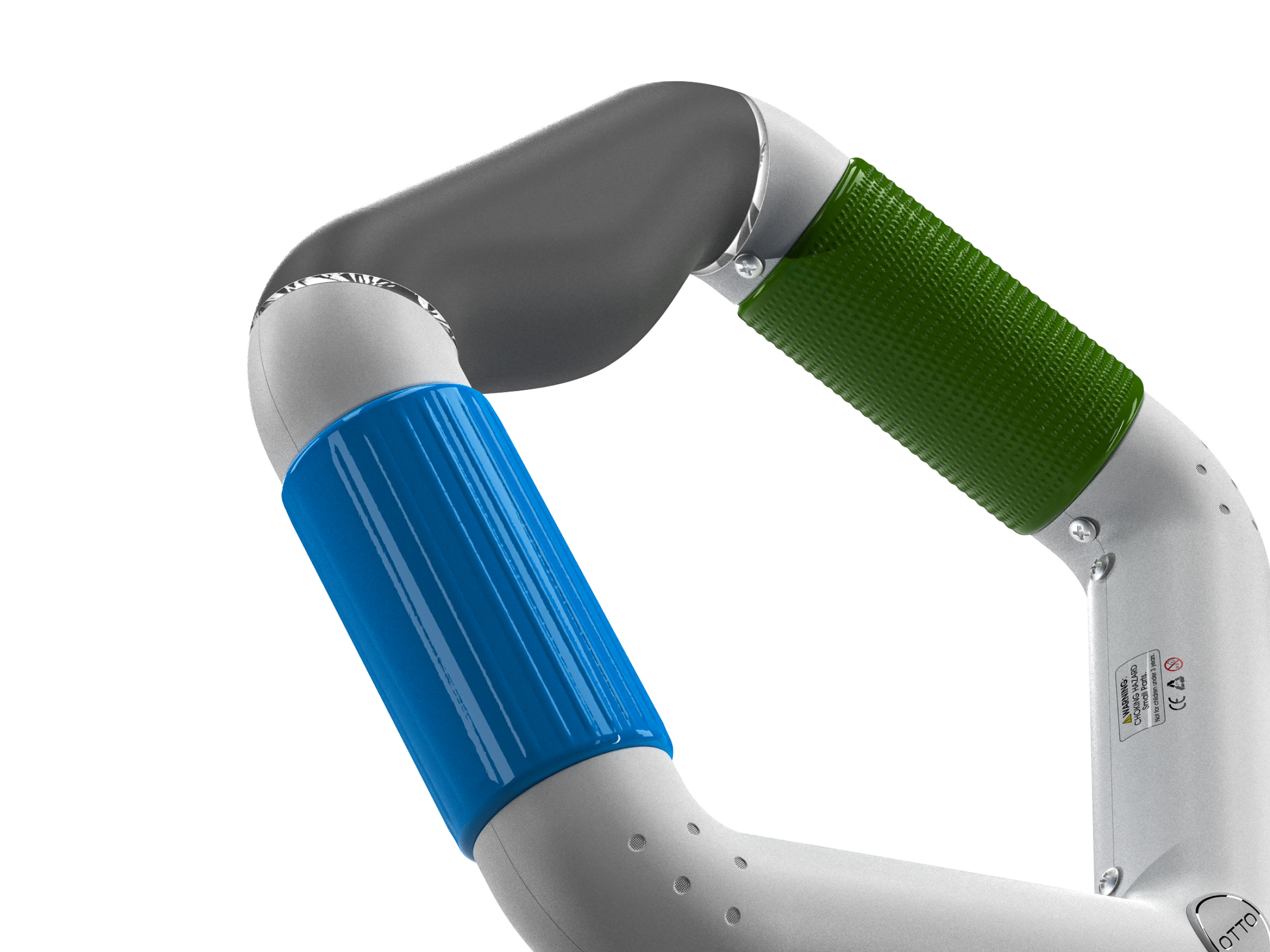SnowStride Walking Aid for Snowshoeing
Outdoor recreation for people with lower-limb injuries is limited. Snowstride is an adaptive aid to help with the sport of snowshoeing by helping to lift weak legs while maintaining stability.
Recreation Therapy Through Snowshoeing
There's an overlap between lower-limb injury rehab and snowshoeing biomechanics.
Adaptive Snowshoeing Can Improve Patient’s Mental & Physical Well-being
Defining User Groups to Determine Design Requirements
Design Requirements
Concept Development
Existing solution: Using a standard reciprocal walker in the snow is hard.
Ideation of reciprocating walker attachment to go through snow & provide stability.
Walkers did not solve the issue of lifting weak legs,
direction changed to crutches-driven snowshoe attachments.
direction changed to crutches-driven snowshoe attachments.
Stability testing to determine the wideness of outer pole pivot point.
Ergonomic handlebar construction & modeling.
CMF & graphics exploration.
Iterative Model
Packaging dieline & assembly.
Final Design
Use Cycle
Expand telescoping poles to the desired height and snap close with locking lever.
Secure shoe binding, attached toe spikes underneath provides grip in snow.
Snowshoe with elliptical-like motion. Handle rotates 40 degrees with tapered offsets at its base to provide stability and prevent tipping over.
Adjust springback assistance of base from pole movement. Rotate dial to assistance level, useful for varied leg strengths. Snowshoe base will retract with every stride as torsion springs become pulled horizontally via tension cables routed to the dial from each pole.
Packaging & Traveling Case
Two openings for removing & inserting SnowStride from the top or front easily while poles are retracted. Each snowshoe is placed inverted to each other inside the case with foam guides to keep parts in place.






